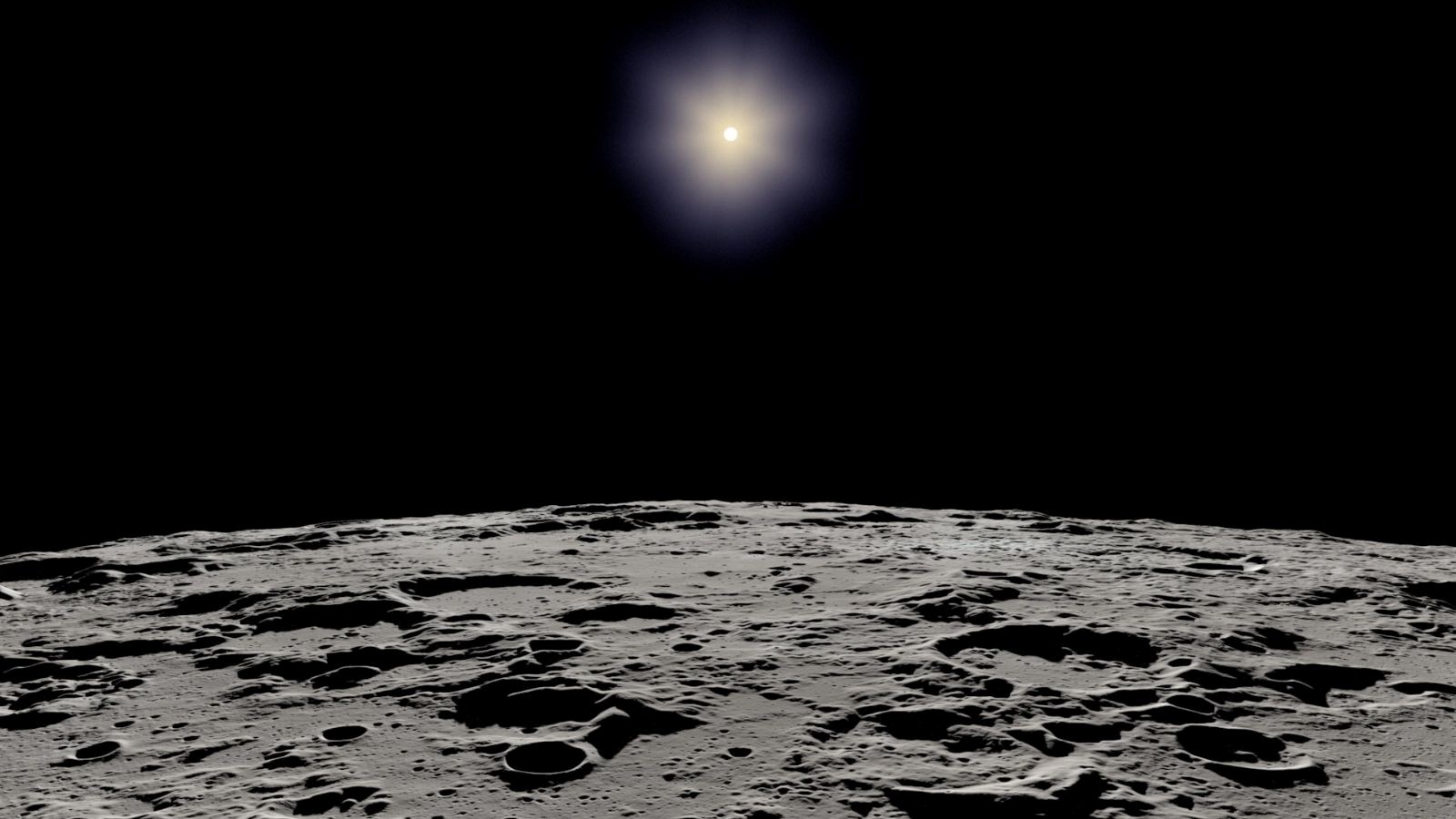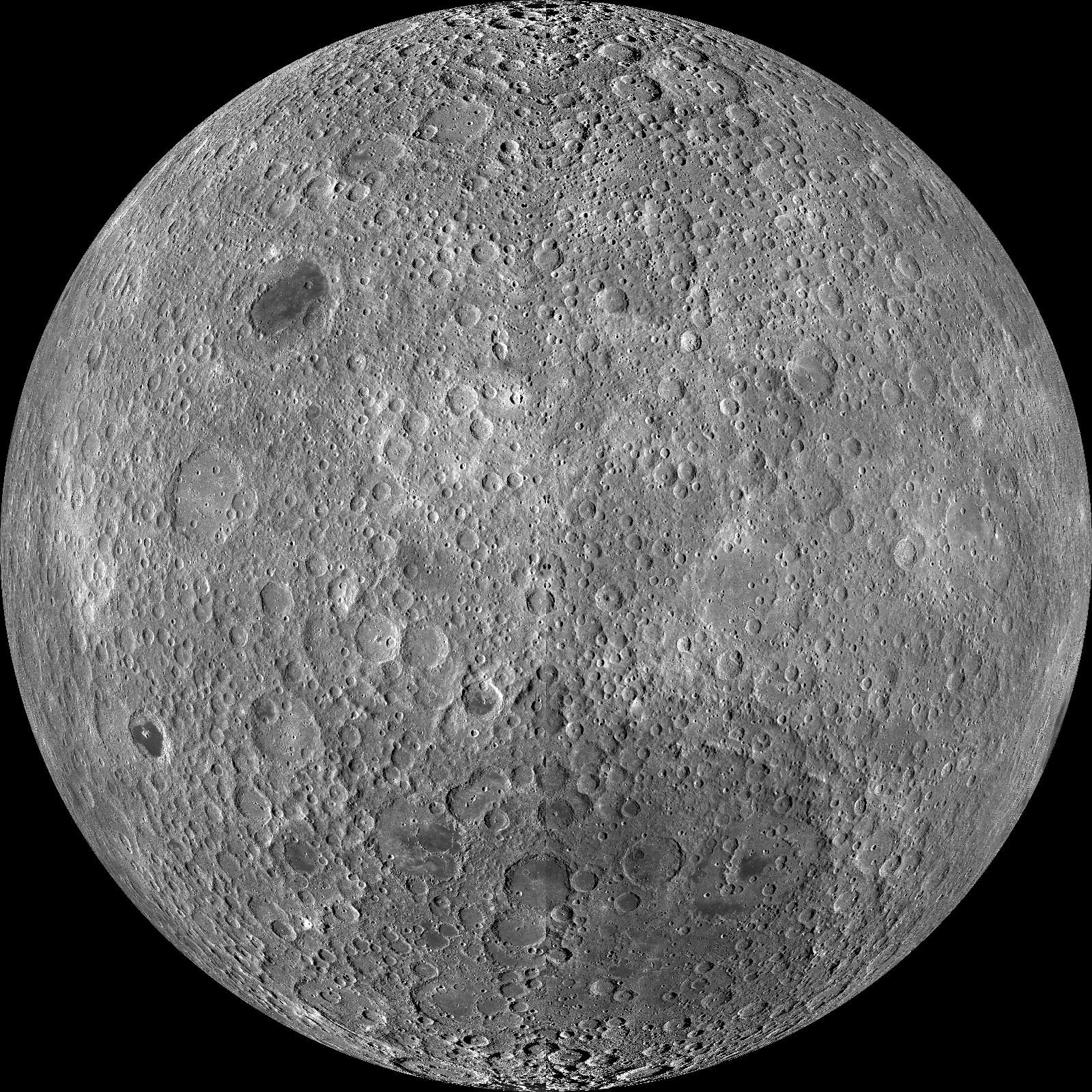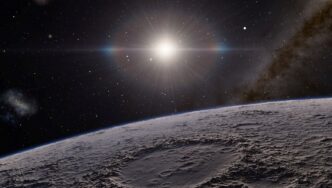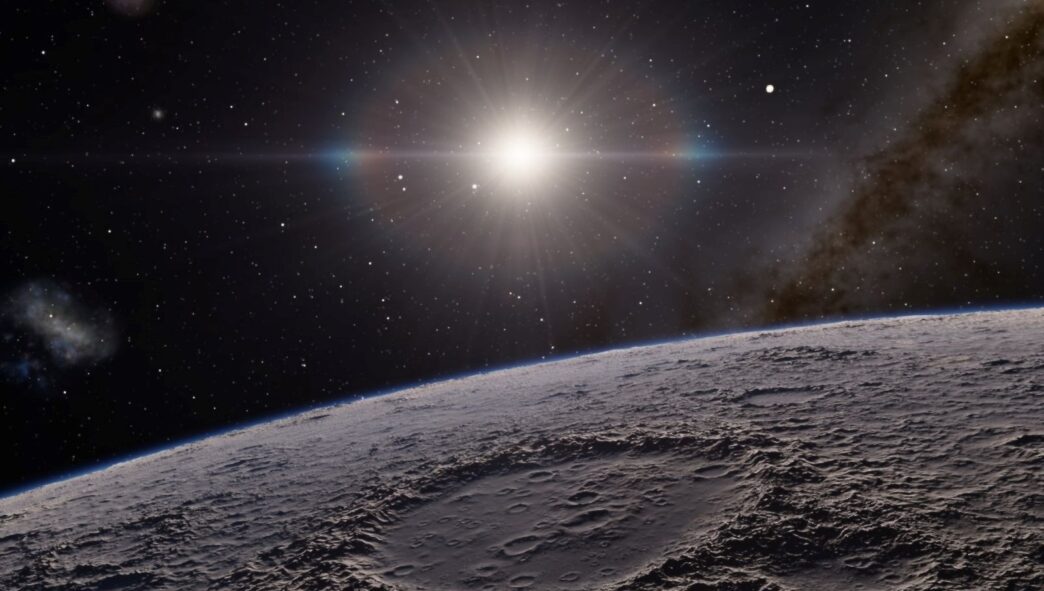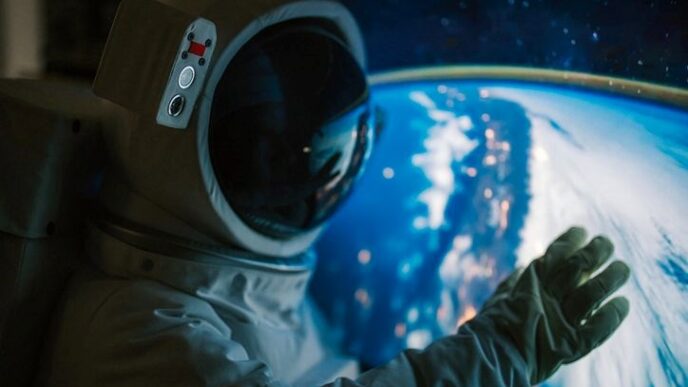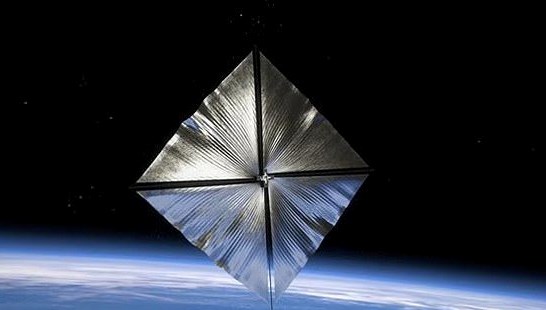China’s Chang’e 6 probe landed on the far side of the Moon in June 2024 and collected samples from the South Pole-Aitken basin. These samples could help us understand the strange differences between the two sides of the Moon.
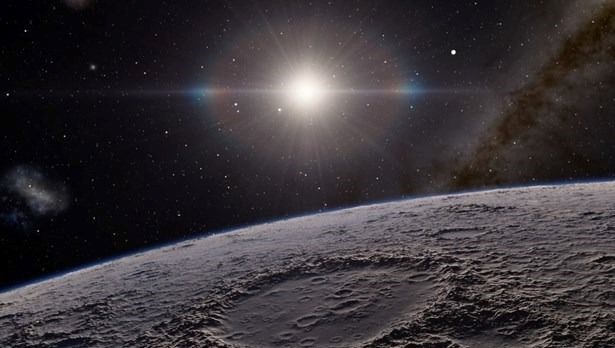
The Chang’e 6 probe then returned 1,935 grams of lunar surface samples on June 25.
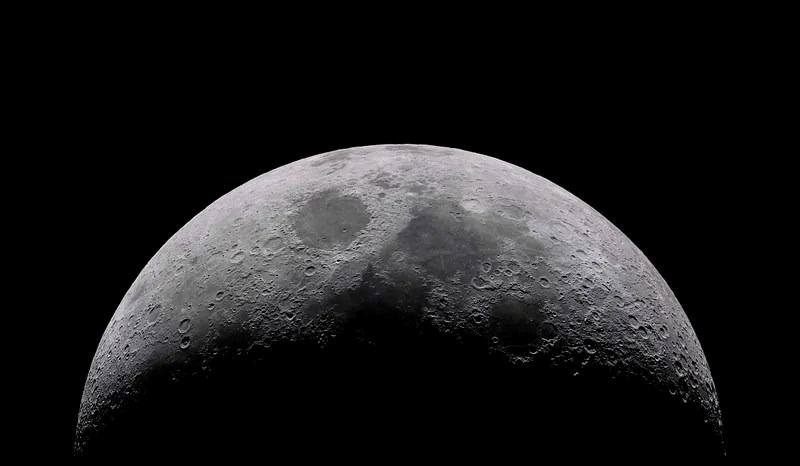
However, there are important differences between the two sides that researchers have noticed since space travel began.
Although heavily cratered, the far side of the Moon lacks the deep basins seen on the near side, and its crust was measured to be thicker by the Gravity Recovery and Interior Laboratory missions in 2012.
Studying these samples could help clear up some of these mysteries, and perhaps tell us a little more about how the Moon was formed.
